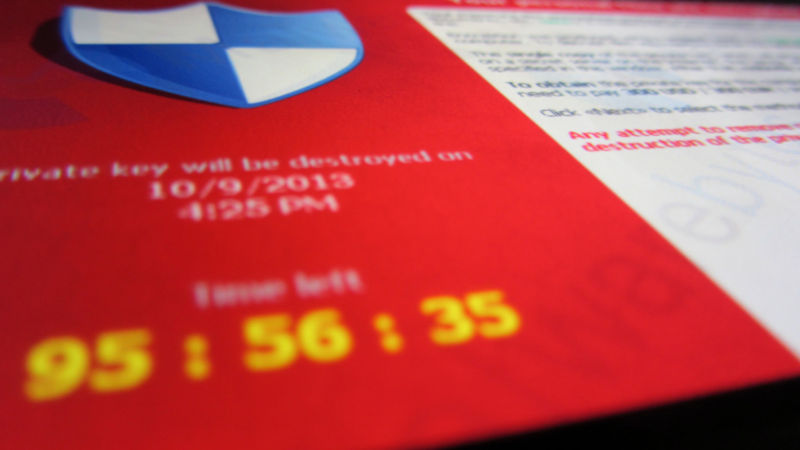
Enlarge / Cryptolocker was one of the ransomware pioneers, bringing together file encryption and bitcoin payment. (credit: Christiaan Colen / Flickr)
The latest Windows 10 build, today's 16232, contains a few new security features. In addition to the richer control over exploit mitigation that Microsoft announced earlier this week, the new build also includes a trial of a new anti-ransomware capability.
The long-standing approach that operating systems have used to protect files is a mix of file ownership and permissions. On multi-user systems, this is broadly effective: it stops one user from reading or altering files owned by other users of the same system. The long-standing approach is also reasonably effective at protecting the operating system itself from users. But the rise of ransomware has changed the threats to data. The risk with ransomware comes not with another user changing all your files (by encrypting them); rather, the danger is that a program operating under a given user's identity will modify all the data files accessible to that user identity.
In other words, if you can read and write your own documents, so can any ransomware that you run.